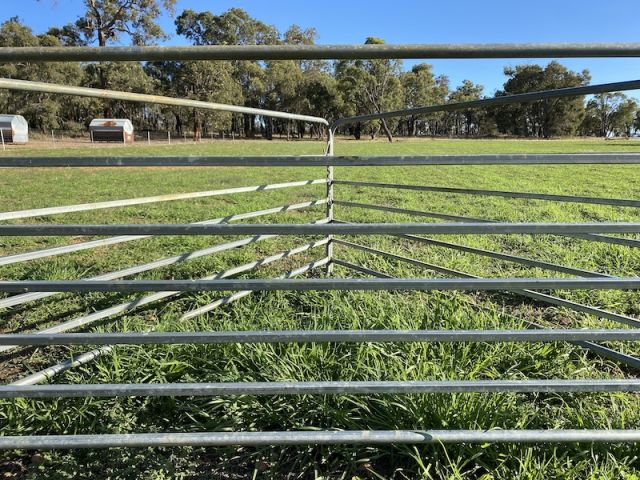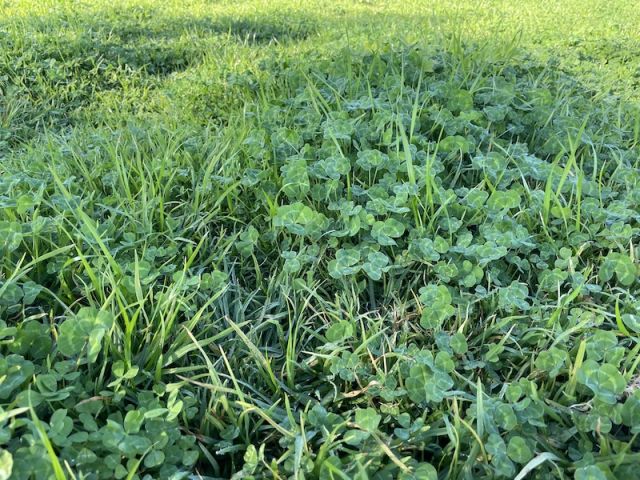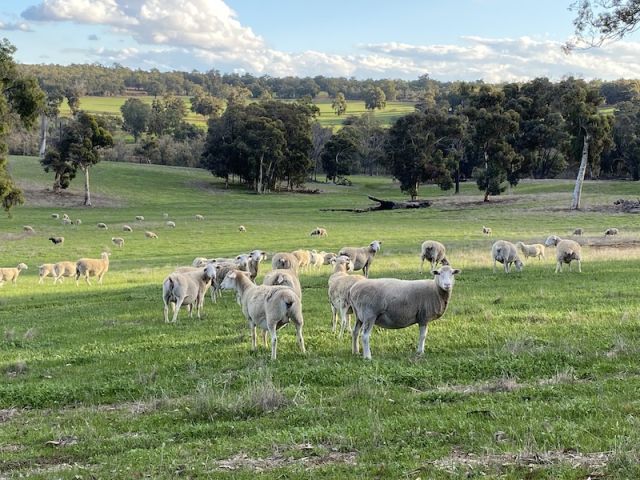
A Prolific C4 Grass
Benefits of Tamgaree Kikuyu
Seed Purity
Up to 99% pure
Order Volume
1kg and up - Kikuyu
25kg and up - Clover
Seeds Harvested
Whittet Kikuyu
Subterranean Clover
Seed Enquiries
Contact us
Kikuyu can push its roots down to a depth of 2.5 to 3.0 metres to source and utilise ground water. Some of this is because of its tolerance to low PH soils which would inhibit other pastures. A PH of 3.7 (CaCl 2) is very acidic but kikuyu can tolerate this, however it will perform much better in more neutral soils. As kikuyu grows for an extended period it draws down on the soil moisture levels and so reduces the ground water recharge. Kikuyu is known to have halted the progress of previously expanding saline areas. As a gauge Kikuyu will grow in general, to where barley grass grows. One of many positive attributes.
Reduce Wind Erosion
Wind erosion is a major problem on light sandy soils or exposed areas. Kikuyu with its sprawling root system or stolons above ground and rhizomes beneath the soil, move out to some length intertwining to create a web or carpet. This carpet covers the light sand particles locking them down and preventing the shifting of topsoil off the paddock. It results in fertiliser remaining where it is applied. These exposed areas are often a financial loss with little or no return in cropping or grazing concerns with low yields and low carrying capacity a result.
It is costly to apply clay to these soils, but by growing kikuyu the cost of establishment is a once off and a return for the financial outlay is soon generated. The light sandy soils are favoured by kikuyu as its roots can penetrate down 2.5 to 3 metres with ease. The Sounness family have used kikuyu to stabilise a number of wind prone areas which were degraded and have returned them to a productive and stable pasture.
Reduce Water Erosion
The grade of slope and the catchment area for a gully or even just a water way, influences the volume of water travelling on its path downhill. Large rainfall events can have disastrous effects carrying soil and nutrients into our river systems and leaving behind scarred areas that may be difficult to revegetate.
As with wind erosion, the carpet effect of kikuyu ties the topsoil down and water flows over the grass without shifting silt. Where the Sounnness’s have had erosion developing on sloping country to a depth of 0.5 metre in places, which left unchecked would continue deeper and wider, they used earth moving equipment to fill in the gullies created and planted these areas to kikuyu. These areas are now stable.
-
Sprawling root system
-
Prevent shifting of topsoil
-
Roots penetrate up to 3 metres
-
Retain soil nutrients
Tamgaree Kikuyu


